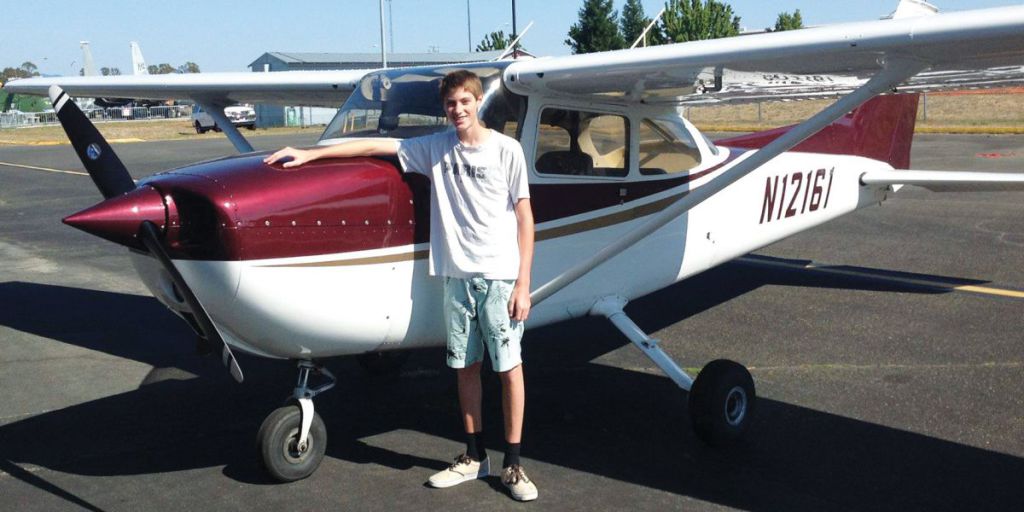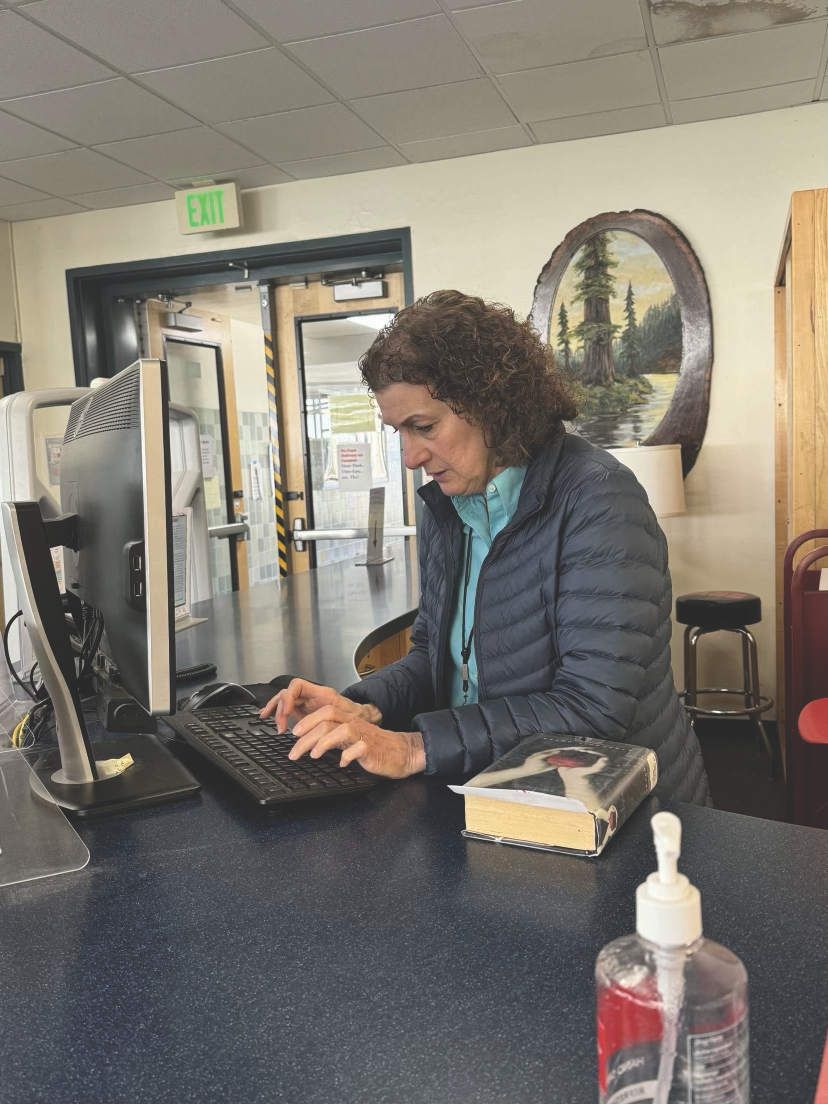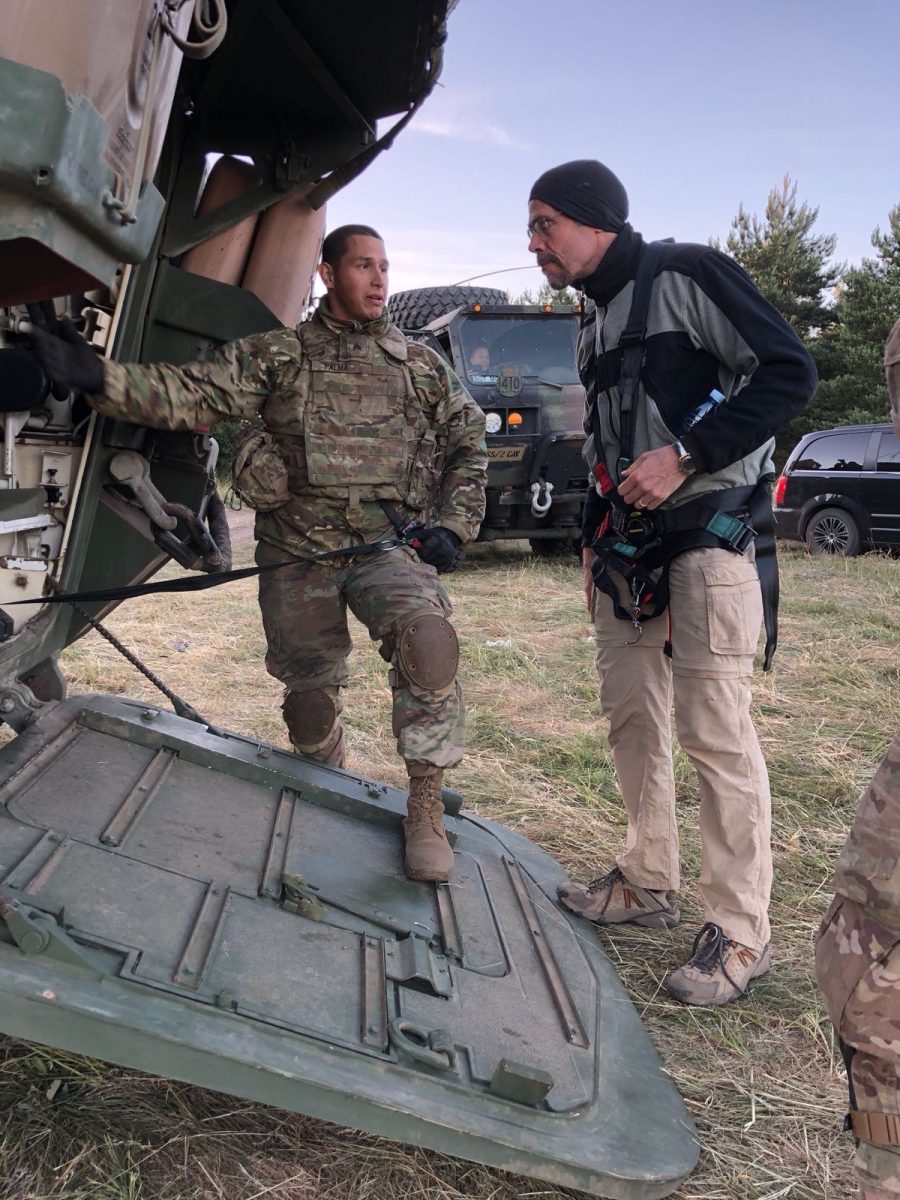Nestled in the cockpit of his Cessna 172, junior Aaron Cary eyes the runway, unable to quell the surge of excitement within him. Although takeoff has become routine, there’s still a magical quality to preparing oneself for flight.
“Up there, it’s a different world,” Cary said. “It’s like you’re totally detached from the world you know.”
Mechanically, meticulously, he checks the beacon light, pumps a lever to engage and prime the engine, and turns the master switch into the “on” position. The propeller jerks awake, tracing the path, uncertainly at first but with a gathering confidence, of its clockwise course through the air. With his left hand on the key and right hand on the throttle, Cary breathes, moving the plane out onto the runway.
“I think for a passenger, they get to enjoy takeoff a lot more because they’re looking at it. But for the pilot, you’re looking at your air speed, your RPMs, trying to keep the plane safe, but if you get a glance, it’s really incredible to see it,” he said.

Cary first flew in the cockpit of a plane when he was 13-years old, a young age even for the nephew of a commercial airline pilot and the grandson of a retired Air Force veteran. Four years later, he has five more hours behind the yoke until he meets the 40-hour quota mandated by the Federal Aviation Association before a student can obtain his or her private pilot’s license.
In training, Cary had to develop and refine his pilot’s sense. “Driving a car, you’re always on the surface. But a plane operates in a three-dimensional environment. You have to spend a lot of time honing your skill because flying is a skill in itself,” Cary said. Pilots must remain vigilant as they analyze and adapt to the variances in their surroundings – wind flow, topography – all the while operating the engine and monitoring altitude and velocity.
As such, being a pilot demands a very specific and versatile palette of skills.
“You know when you go into the mountains and your ears pop? Well it’s similar with pilots,” Cary said. “You constantly have to deal with different altitude and pressure changes. If you go into the Air Force, they want you to be able to withstand a bunch of airflow or be prepared in case you have to eject.”
Cary intends to work his way through college after applying for a Reserve Officer’s Training Corps (ROTC) scholarship, the first step in the arduous proving and preparation process for the Air Force that includes passing numerous tests and getting laser eye surgery.
Eventually, Cary said he hopes to pilot commercial jets like his uncle, although, he admits, he’s still at least four or five years of dedicated flying from receiving his multi-engine rating which would allowing him to fly commercially sized aircraft. According to Cary, there are three classifications of plane, a high-wing, mid-wing and low-wing, any of which requires a period of acclimation. Commercial pilots, for instance, have to spend an additional 250 hours flying planes with a multi-engine rating before they can chauffeur any passengers.
Currently, Cary pilots a high-wing Cessna 172, a four-seat, single-engine plane popular for its endurance and its characteristically scenic flight experience, an amenity made possible by the positioning of its wings on the roof of the vehicle. ”It gives a different feel because you can see the ground around you,” Cary said. “It’s a really pretty experience but it’s also slow. In comparison, the plane that my grandfather owns has two engines, and two propellers. It’s just a lot more fast, like a Ferrari compared to a Civic. Being a pilot requires you to foresee things before they happen, so that foreseeing time rate has to speed up with different planes.”
Far more than a profession or a hobby, however, flying has become part of Carry’s spirit, his identity. “I’m a theater director for drama,” he said, “and every time I enter the room, they all ask, ‘Did you fly today?’ A lot of people are surprised by it and sometimes inspired by it because, you know, they want to fly too.”
















